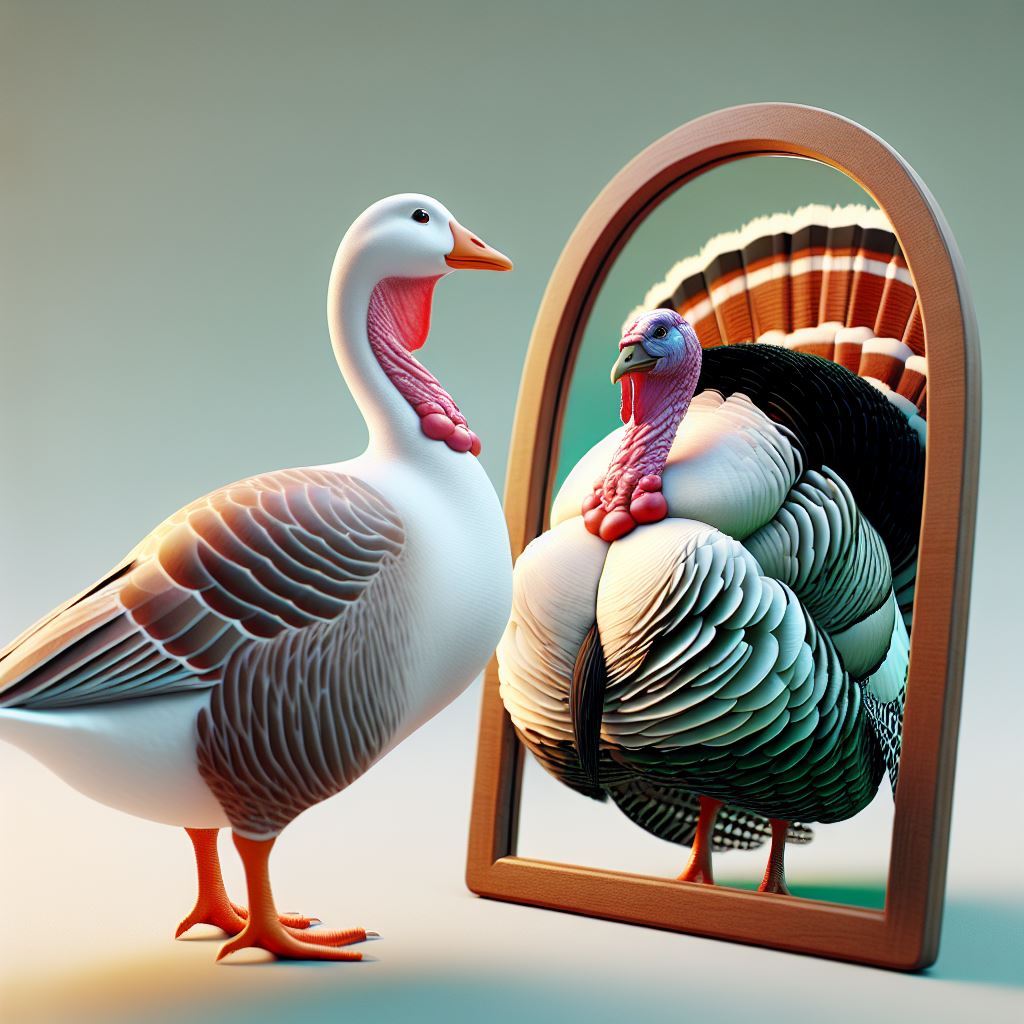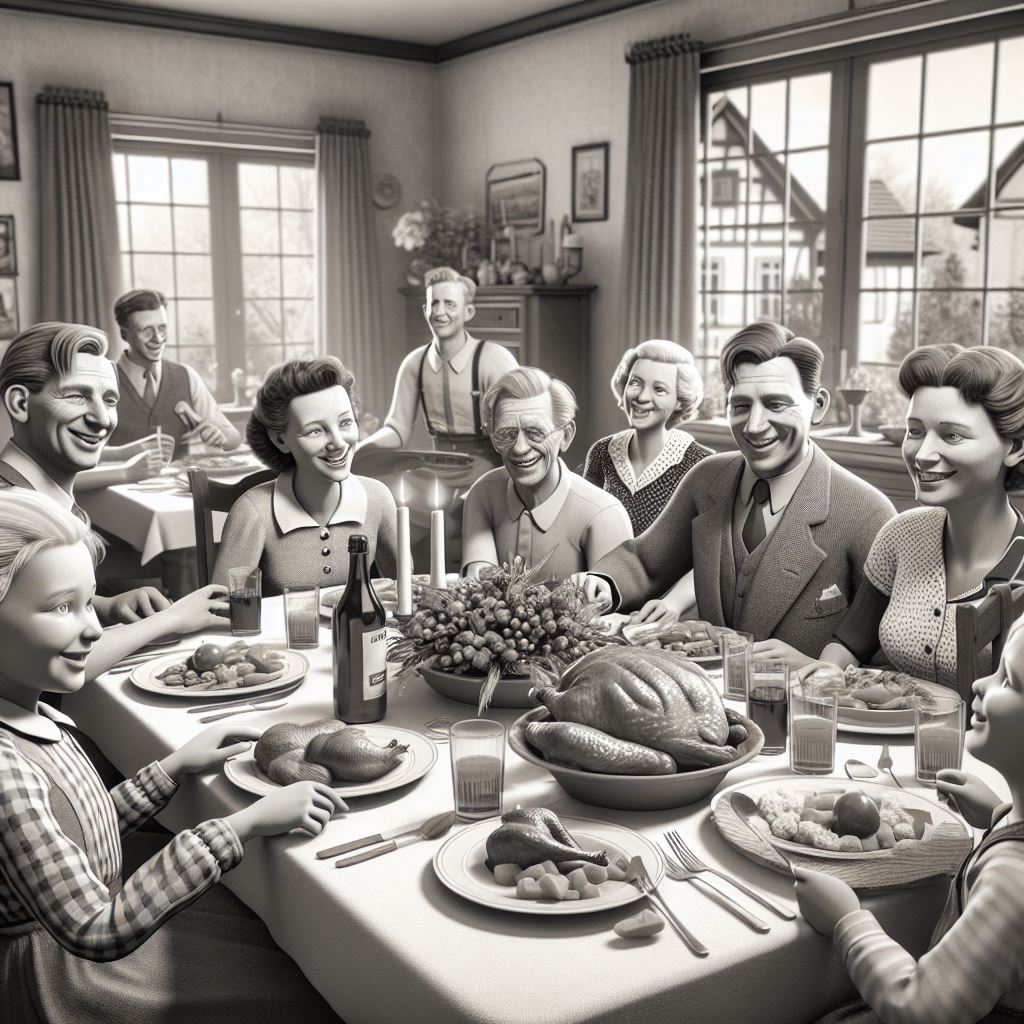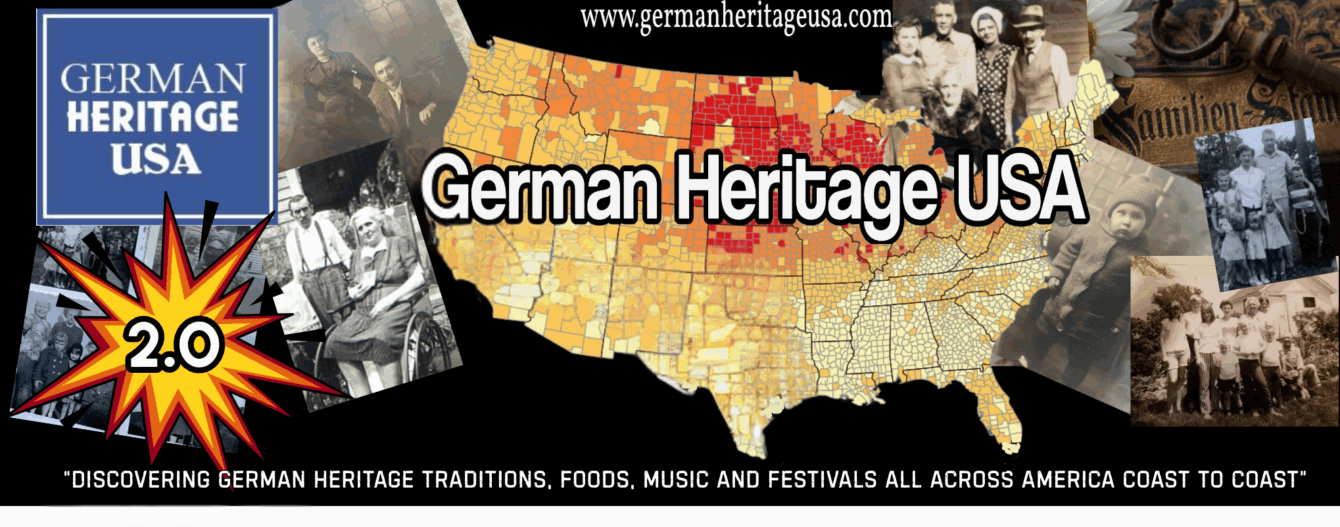How German immigrants embraced the American Turkey on Thanksgiving
GERMAN HERITAGE USA | AFFILIATE DISCLAIMER: This post may or may not contain affiliate links which means we may receive a commission for purchases made through links. We will only recommend products that we have personally used or that we truly trust. Learn more on our Private Policy and Disclaimer Page located under our Terms Of Service tab above.
Thanksgiving, a quintessential American holiday, has a complex and fascinating history that intertwines with the tales of immigrants who brought their traditions across oceans. Among these pioneers were German immigrants, whose gradual adoption of turkey as the centerpiece of the Thanksgiving feast unfolded over generations, leaving an indelible mark on the evolving culinary landscape of America.

When German immigrants arrived in America, they brought with them a rich history of traditions, including their own version of a Thanksgiving celebration known as “Erntedankfest.” In Germany, Erntedankfest typically takes place in September or October, marking the end of the harvest season. It is a time for communities to come together and express gratitude for the abundance of the harvest, often featuring church services, parades, and festive meals.
Upon settling in America, German immigrants found themselves in a new cultural landscape, and one of the first adjustments they made was to the timing of Thanksgiving. In the United States, Thanksgiving is celebrated on the fourth Thursday of November, a date that holds historical significance dating back to the early days of the nation. The German immigrants embraced this new tradition, blending elements of Erntedankfest with the American Thanksgiving festivities.
While Erntedankfest in Germany focuses on the agricultural bounty, American Thanksgiving has a broader significance, symbolizing unity, gratitude, and the coming together of diverse communities. German immigrants brought their culinary skills to the Thanksgiving table, adding a Teutonic touch to the traditional feast. Common German festival dishes like roasted goose, duck, ham, sauerkraut, bratwurst, and German-style stuffing began to make appearances alongside the customary turkey, cranberry sauce, and pumpkin pie.

Over time, this fusion of German and American traditions created a unique Thanksgiving experience for German immigrants and their descendants. The celebration became a testament to the cultural diversity that has shaped and enriched the fabric of American society, reminding us that Thanksgiving is a time for all to come together and give thanks, regardless of our ancestral roots.
Chapter 1: Early Encounters with Turkey (1621-1800)
The story begins in the early 17th century when German immigrants first set foot on American soil. Arriving during a period when turkey was already firmly established in the Thanksgiving tradition, they encountered a culinary landscape shaped by the Pilgrims. In 1621, the Pilgrims, often hailed as the founders of Thanksgiving, had introduced the iconic roasted turkey to their inaugural feast. By the 19th century, turkey had seamlessly woven itself into the fabric of Thanksgiving, symbolizing abundance and prosperity.
Chapter 2: Cultural Assimilation and Culinary Exchange (1800-1900)
As German immigrants settled into the United States, a process of cultural assimilation unfolded. Eager to embrace the customs and traditions of their new home, these pioneers found themselves drawn to Thanksgiving festivities. The gradual acceptance of turkey into their own Thanksgiving celebrations became a testament to this assimilation.
In addition to adopting the centerpiece bird, German immigrants infused the American table with their culinary heritage. Side dishes such as sauerkraut, red cabbage, and potato dumplings, cherished components of their traditional feasts, added a unique twist to the evolving Thanksgiving menu, complementing the turkey and other customary dishes.
Chapter 3: Turkey – A Symbol of Americanization (1900-1950)
The symbolism of turkey transcended its role as a mere Thanksgiving dish for German immigrants. It evolved into a powerful representation of their acceptance of American culture and identity. Sharing a Thanksgiving turkey dinner with their American neighbors became more than a culinary choice; it became a cultural bridge, a means to connect with new communities, and a foundation for building relationships.

During this period, the Thanksgiving table became a shared space where diverse traditions converged, creating a dynamic culinary mosaic reflective of the rich tapestry of American society.
Chapter 4: Enduring Culinary Traditions (1950-Present)
In the present day, turkey stands as an enduring symbol in the Thanksgiving celebrations of many German-American families. While these families may still incorporate some of their traditional German side dishes, the turkey has firmly established itself as an integral part of their Thanksgiving heritage.
The continued presence of turkey on the German-American Thanksgiving table speaks to the resilience of cultural exchange and the adaptability of culinary traditions. It is a living testament to how immigrants, while holding onto their cherished heritage, enthusiastically embrace the customs of their adopted homeland, contributing to a vibrant and diverse culinary landscape.

The adoption of turkey by German immigrants in the context of Thanksgiving unveils a fascinating journey that spans centuries. From the Pilgrims’ early roasting to the present-day multicultural feasts, it is a tale of cultural exchange, assimilation, and the creation of a shared culinary identity.
The Thanksgiving turkey, once a bridge between the old world and the new, now stands as a symbol of unity and diversity, embodying the essence of America’s ever-evolving cultural tapestry.
